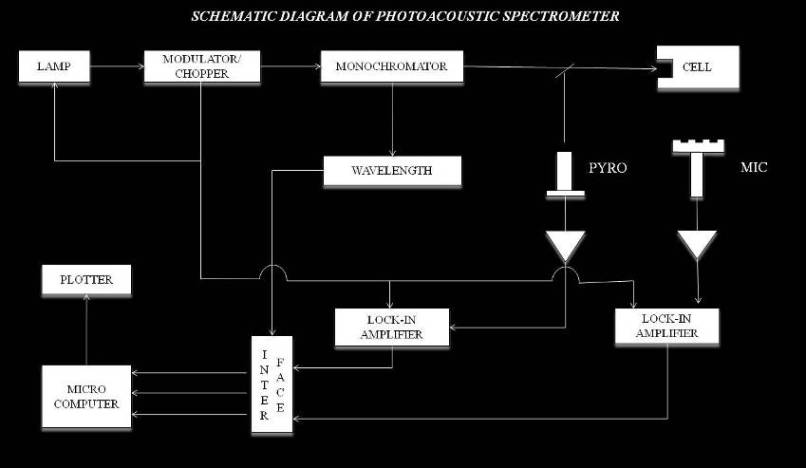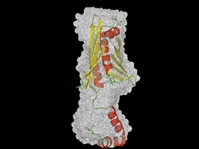In-situ Spectroscopy
 Our in situ investigations on malarial parasites using photo acoustic spectroscopy provided first experimental evidence for the presence of hemin aggregates along with the pigment and lead to a model for possible mechanism of action of quinoline class of drugs (Science, 1984).
Our in situ investigations on malarial parasites using photo acoustic spectroscopy provided first experimental evidence for the presence of hemin aggregates along with the pigment and lead to a model for possible mechanism of action of quinoline class of drugs (Science, 1984).
Our intact lens fluorescence spectroscopic studies, including synchronous scan and Red Edge Excitation Shift (REES), have provided significant insight into the mobility and molecular packing of eye lens proteins which are relevant in lens transparency and cataract (BBRC., 1991; Photochem. Photobiol., 1987, 89, 90). This is the first application of REES (sometimes referred to as wavelength selective spectroscopy) to intact biological samples; it can effectively be used to investigate micelles, reverse micelles and biomembranes.
